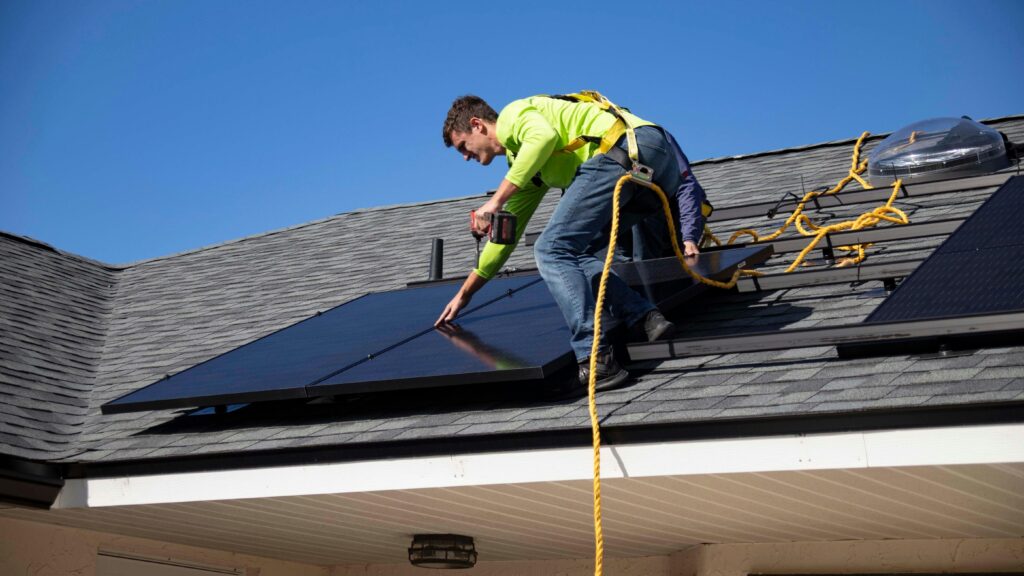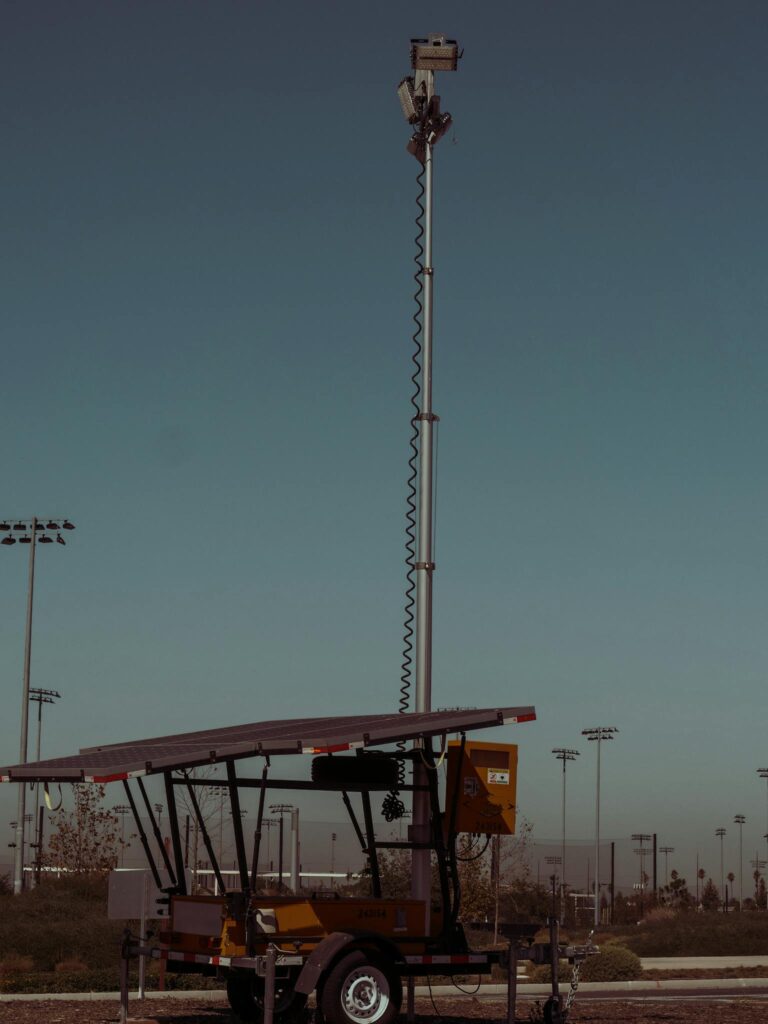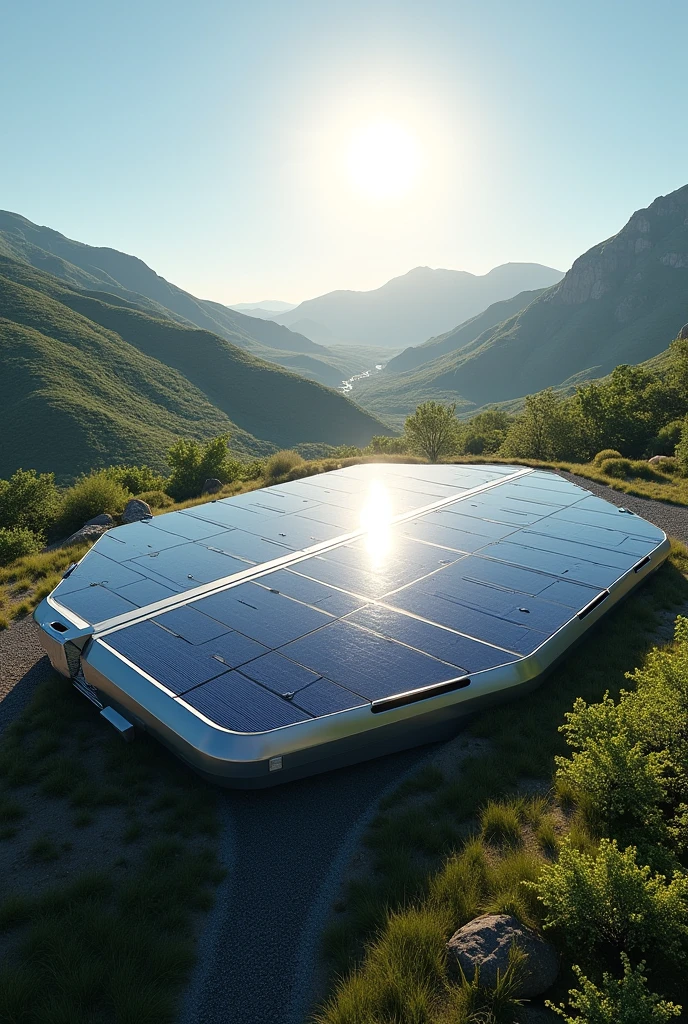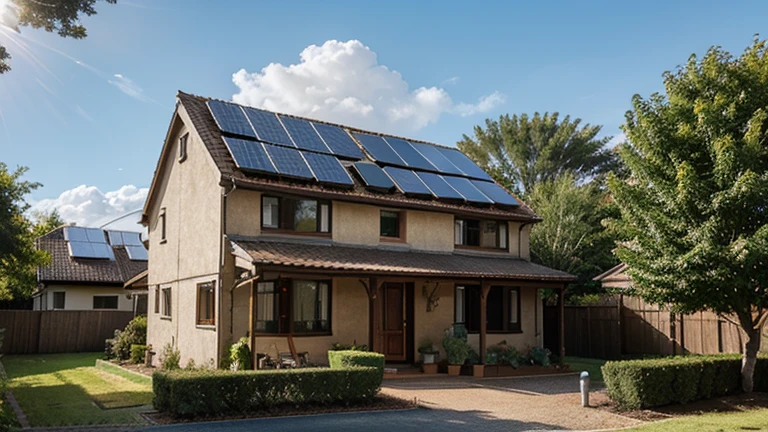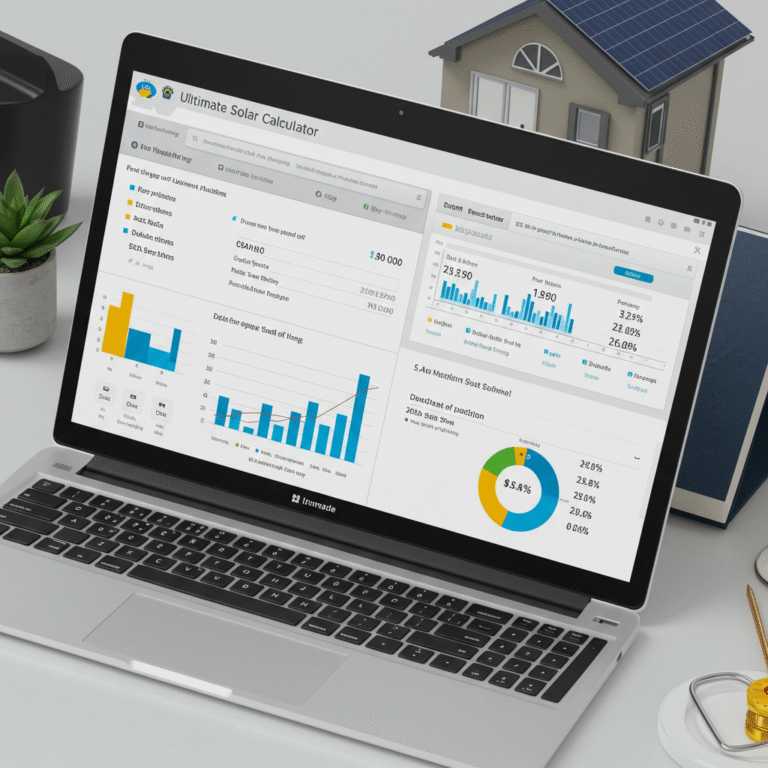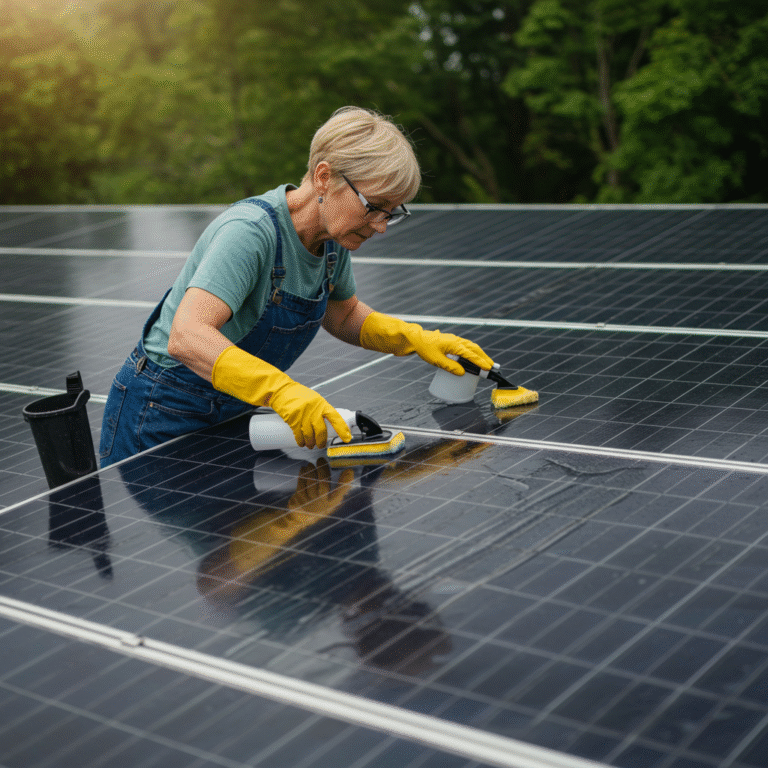Introduction
Thinking about going solar but unsure about the true cost? You’re not alone. While solar energy promises long-term savings, the upfront investment can leave homeowners wondering, “Is it really worth it?”
In this guide, we break down the real cost of installing a solar energy system in 2025 — including equipment, labor, incentives, hidden expenses, and maintenance — so you can make an informed decision.
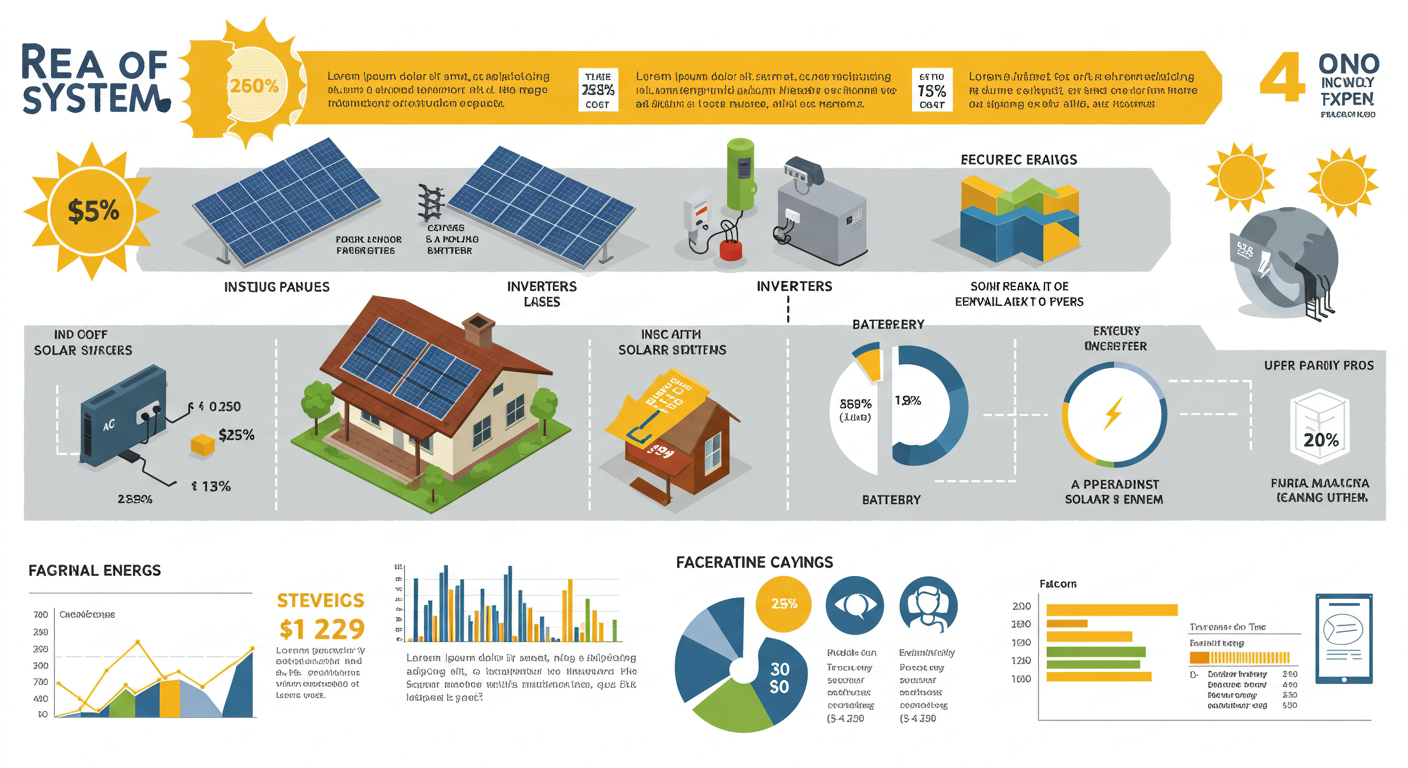
What Is the Average Cost of a Solar Energy System in 2025?
In 2025, the average cost of installing a residential solar panel system in the U.S. ranges between $13,000 and $18,000 before incentives, depending on factors such as location, system size, and equipment quality.
| System Size (kW) | Avg. Cost Before Incentives | Avg. Cost After 30% Tax Credit |
|---|---|---|
| 4 kW | $9,200 – $11,200 | $6,440 – $7,840 |
| 6 kW | $13,800 – $16,200 | $9,660 – $11,340 |
| 10 kW | $23,000 – $27,000 | $16,100 – $18,900 |
💡 Tip: These prices include panels, inverter, labor, permits, and warranties.
🧾 What’s Included in the Cost?
Here’s a breakdown of where your money goes:
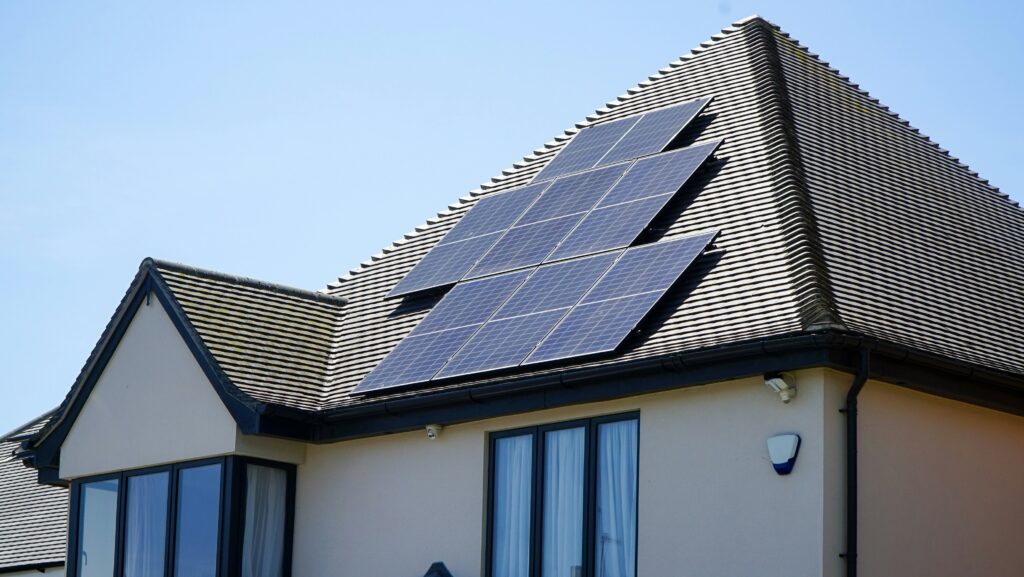
1. Solar Panels
Make up 25–35% of the total cost. Higher-efficiency panels (like monocrystalline) cost more but take up less space.
2. Inverter
Converts DC electricity into AC. Expect to pay $1,000–$2,500 depending on whether you choose string, microinverters, or hybrid systems.
3. Mounting Hardware
Costs vary depending on roof type and angle. Ground-mounted systems are more expensive.
4. Installation Labor
Professional labor makes up 10–20% of the total cost.
5. Permits and Inspection Fees
Can add $500–$2,000 depending on your local regulations.
6. Battery Storage (Optional)
Home batteries like the Tesla Powerwall 3 or Enphase IQ cost an extra $8,000–$12,000 but provide backup power and more energy independence.
🏠 What Factors Affect Solar Installation Costs?
- Location & State Incentives
Solar costs vary based on state, utility company policies, and available incentives. - Roof Type & Condition
Complex or aging roofs may require reinforcements or repairs before installation. - Energy Usage
Larger households need larger systems, increasing total cost. - Choice of Equipment
Premium panels, smart inverters, and branded batteries cost more upfront but offer better performance and warranties.
💰 Federal & State Incentives (2025)
🌞 Federal Investment Tax Credit (ITC)
Homeowners can deduct 30% of the system cost from federal taxes.
🏛️ State Rebates
Some states offer cash rebates, solar renewable energy credits (SRECs), and sales tax exemptions.
🔄 Net Metering
Excess energy can be sent back to the grid, earning credits on your utility bill.
📌 Example: A $15,000 system becomes $10,500 after the federal tax credit. Add local rebates, and the final cost may drop below $9,000.
🔍 Are There Any Hidden Costs?
Yes, and being aware of them helps avoid surprises.
- Roof Repairs or Upgrades: May be required if your roof is old or damaged.
- Tree Removal or Trimming: To reduce shading on panels.
- Inspection or Engineering Fees: Some counties may require third-party inspections.
- Insurance Adjustments: Updating your home insurance policy might increase your premium slightly.
🔧 Solar Maintenance Costs
Solar panels require minimal maintenance, but here are common costs to consider:
| Service | Estimated Cost |
|---|---|
| Panel Cleaning (yearly) | $150 – $300 |
| Inverter Replacement | $1,000 – $2,500 |
| Battery Replacement (10–15 yrs) | $5,000 – $10,000 |
✅ Most manufacturers offer 25-year warranties on panels and 10+ years on inverters.
📊 Is Solar Worth the Investment?
Yes, in most cases. Here’s why:
- Break-even point: 6–8 years (depending on your system and location)
- 25-year savings: $15,000–$40,000 in energy costs
- ROI: Solar panels often yield a 10–15% annual return on investment
❓ FAQ: The Real Cost of Installing a Solar Energy System
Q1: Can I get solar panels with no upfront cost?
Yes, through solar leases or Power Purchase Agreements (PPAs), but these may offer less long-term savings compared to buying your system outright.
Q2: Do solar panels increase home value?
Yes. On average, homes with solar sell for 4–6% more than non-solar homes.
Q3: How can I calculate the exact cost for my home?
Use an online solar calculator or contact local installers for a free quote based on your location, roof type, and electricity usage.
Q4: Will solar work during a blackout?
Only if you have a battery backup system. Standard grid-tied solar systems shut off during outages for safety.
Q5: How long do solar panels last?
Most last 25 to 30 years, maintaining around 80–90% efficiency even after two decades.
Conclusion: Is Solar Affordable in 2025?
The real cost of installing a solar energy system in 2025 goes beyond just the sticker price. While the average homeowner might invest $10,000 to $15,000 after incentives, the long-term financial and environmental benefits often outweigh the initial expense.
By understanding all cost factors — from installation and equipment to incentives and maintenance — you can confidently decide if solar is right for your home and budget.
While the upfront cost of solar can seem high ($15K–$35K), incentives and financing make it more accessible than ever.
Key Takeaways:
✔ 6 kW system averages $15K–$21K (before 30% tax credit).
✔ Battery storage adds $8K–$15K (optional but useful for outages).
✔ Financing cuts upfront costs (loans, leases, PPAs).
✔ Payback period: 5–8 years (then free electricity for decades)
The real cost of installing a solar energy system in 2025
Thinking about going solar in 2025? Discover the real costs—including panels, installation, batteries, and hidden fees—before you commit. Learn how tax credits, financing, and energy savings can make solar more affordable than ever. Get unbiased facts (no sales pitches!) to help you decide if solar is right for your home
